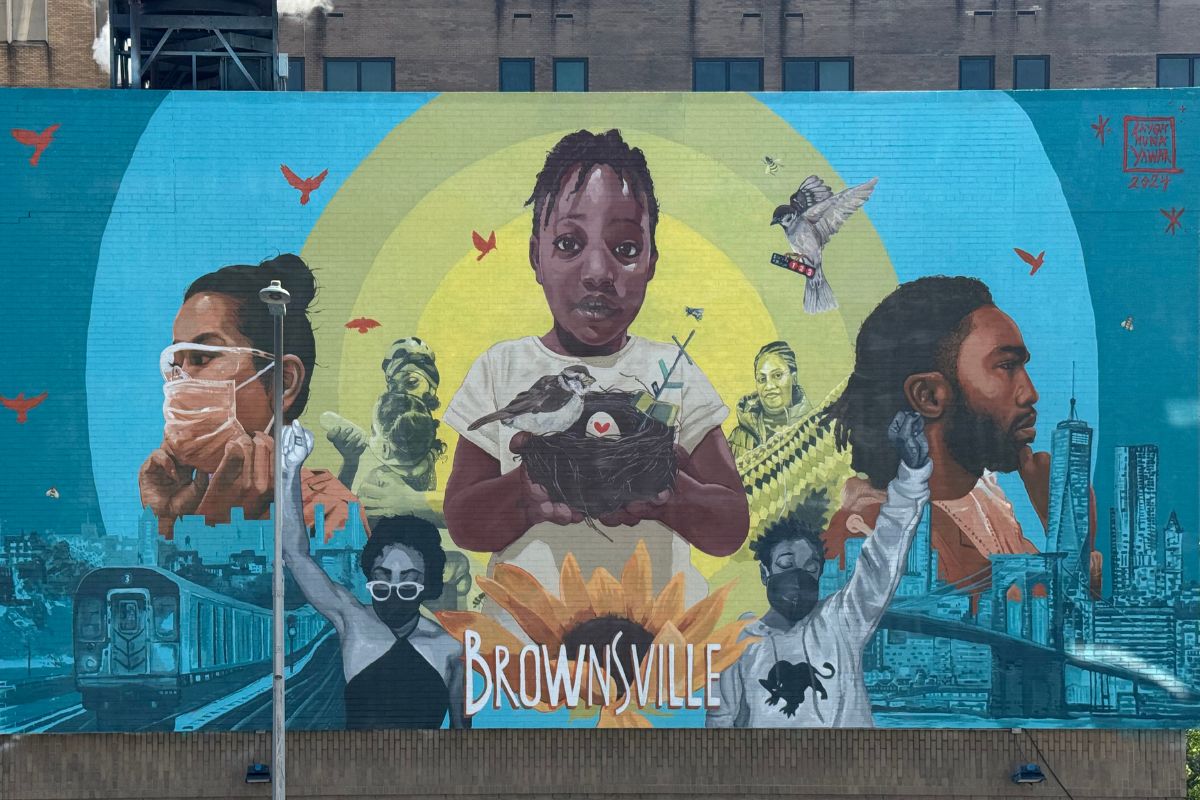
February 3, 2020; Houston Chronicle
Since the 1980s, neighborhood activists have had the ability to sit across the table from the most powerful bankers in the land. They portray their community’s critical needs for capital to buy homes and start businesses, presenting data showing stark lending disparities between their neighborhoods and better off white communities. And they assent to sign off on a bank’s application to federal regulators to buy or merge with another institution—if the lender signs an agreement that committed millions of dollars in lending to their neighborhood. It is high stakes for all, and for once, the neighborhood activists have leverage, albeit for a few days or maybe a week. Lending deals get made, and the banks have gotten to cross state lines and grow bigger and bigger.
For the example, as NPQ covered, in 2017, activists in Louisiana were able to get New Iberia Bank to commit to $6.72 billion in loans to serve low- and moderate-income communities, more than 24 percent of total bank assets. In 2016, Key Bank in Ohio committed $16.5 billion in lending and $175 million to philanthropy to get community assent for a merger. That year, Huntington Bank, also in Ohio, similarly committed $16.1 billion in lending and $25 million to philanthropy, as well as creating a $30 million fund to support bank branches in low- and moderate-income communities.
We have the Home Mortgage Disclosure Act (passed by Congress in 1975) and the Community Reinvestment Act (1977) to thank for this rare display of power by the usually powerless. It was Congress’s response to redlining by the banks, aptly defined by then-Senator William Proxmire:
By redlining let me make it clear what I am talking about. I am talking about the fact that [financial institutions] will take their deposits from a community and instead of reinvesting them in that community…they will actually or figuratively draw a red line on map around the areas of their city, sometimes in the inner city, sometimes in the older neighborhoods, sometimes ethnic and sometimes black, but often encompassing a great area of their neighborhood.
The Community Reinvestment Act (CRA) requires federal financial regulatory agencies to encourage regulated financial institutions to help meet the credit needs of their local communities, including low- to moderate-income neighborhoods, consistent with safe and sound bank operations. Most importantly, the CRA mandates regulators to look at a bank’s actual record of meeting the credit needs of its entire community when the institution seeks to expand through merger, acquisition, or branching.
Although CRA has not been a panacea for dismantling centuries of institutionalized racism that has so often blocked wealth building in communities of color, the law has had a potent and positive effect in urban neighborhoods and rural communities across the country. Since CRA’s inception in 1977, banks have invested nearly $2 trillion into neighborhoods previously largely ignored by financial institutions. The CRA has benefitted low-income homebuyers, small farms, businesses owned by women and people of color, housing tax credit investors and syndicators, nonprofit single-family and multifamily housing developers, local governments, community development finance institutions (CDFIs), and Indian Country.
More than 40 years later, however, it’s time for the CRA to get a new look. A lot has changed. Banks have consolidated, shrinking in number from more than 14,000 in the 1980s to now under 5,000. The industry is now dominated by very large institutions, some holding more than $2 trillion in assets. Many homebuyers now go to nonbank lenders for their mortgages. And fintech lenders provide more than half of personal unsecured loans today, making the long-term need for bank branches murky.
Sign up for our free newsletters
Subscribe to NPQ's newsletters to have our top stories delivered directly to your inbox.
By signing up, you agree to our privacy policy and terms of use, and to receive messages from NPQ and our partners.
Furthermore, banks have gotten increasingly sophisticated in designing initiatives, products, services, and marketing campaigns that satisfy the federal regulators when examining CRA performance by the current regulatory standards. Today, over 98 percent of banks are given passing grades by their regulators.
Unfortunately, while reform could be beneficial, the response of the federal government to this situation is not. In December, the Office of the Comptroller of the Currency and the Federal Deposit Insurance Corporation issued a joint proposal for the first major revamping of the CRA in a quarter-century. The Federal Reserve Bank, concerned about the changes and the hurried process, refused to sign on.
The New York Times, in an editorial, calls this proposal a “partial demolition” rather than a modernization. The National Community Reinvestment Coalition (NCRC) believes that the winners would be the nation’s largest banks and the losers would be low-and moderate-income families, and underserved borrowers and communities. Critically, the proposed changes would fatally damage the CRA ecosystem that has been built over the past 30 years to support economic opportunity in marginalized places, both urban and rural.
What do these Donald Trump appointees propose for the CRA? Like all bank regulations, they are dense and detailed. But they boil down to this:
- A single metric, applicable that opponents believe will steer CRA credit to large and easy projects rather than smaller, more complex but high impact local ones.
- Expanded activities for CRA credit including volunteer activities by bank employers that don’t necessarily benefit low income people and places.
- Higher thresholds for defining small businesses and farms, e.g., the definition of a small business goes up from $1 million to $2 million in assets.
- Minimal recognition of the presence of bank branches in low-moderate income areas and no review of bank openings and closing in specific communities.
- No recognition of targeted banking services including a bank’s efforts to provide affordable products, low-cost transaction and checking accounts and services designed to expanded access to the unbanked.
Picture this: under the proposed regulations, a bank that invests in upgrading an athletic stadium located in a low-to-moderate income census tract, as long as it is in one of the Trump administration’s “opportunity zones,” will get CRA credit.
Most people don’t pay attention to banking rules. But these laws define where money flows in our nation—and where it doesn’t. And the flow of capital determines who can buy a house, start a small business, send their kid to college…the common paths to wealth in this country. And even worse, it helps determine who gets pushed toward predatory lenders with high interest rates and abusive practices that strip wealth from communities.
These proposed regulations aren’t yet law. Let’s hope they never get that far. Otherwise, we’ll be taking a giant step backward, to the days when banks were free to ignore the credit needs of low-income people and communities of color.—Debby Warren











